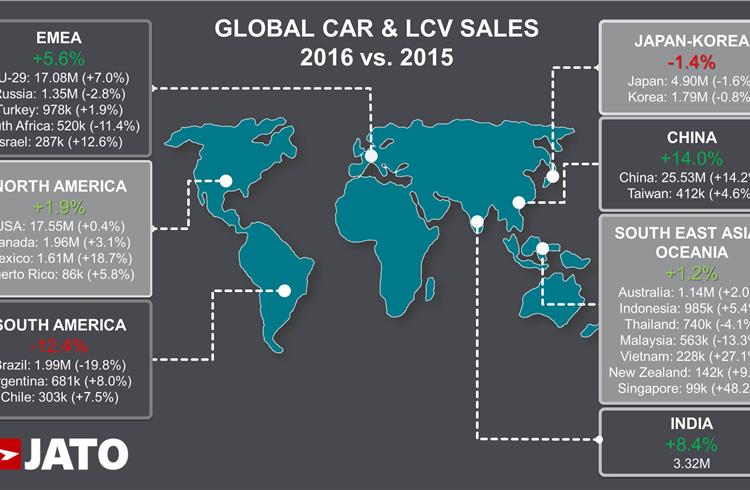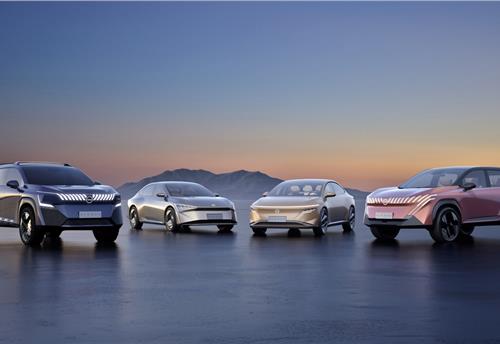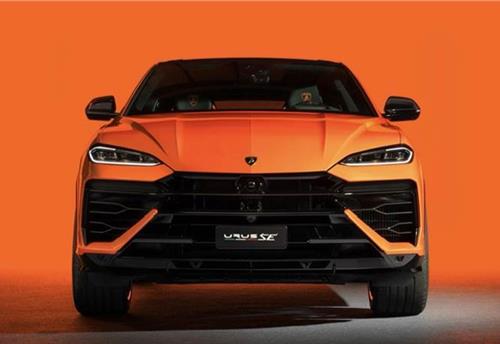Global sales up 5.6% in 2016 thanks to surging demand in China, India and Europe
A 52-market analysis shows 84.24 million units were sold in 2016, driven by increased demand in China, India and Europe. India’s growth offset losses in other emerging markets, and establishes it as a solid source of revenue.
The global automotive industry showed its resilience in 2016 with 84.24 million units (LCVs and passenger cars) sold according to data released today by JATO Dynamics.
This is a 5.6% increase on 2015 and shows the sector’s strength amidst the uncertainty of 2016. “Despite the hurdles faced by the automotive industry last year, an increase in registrations of 5.6% shows the sector’s resilience. The growth shows that the declines in Japan, Russia and Brazil were offset by strong results in China and Europe,” commented Felipe Munoz, JATO’s global analyst.
The expansion of the car purchase restrictions policy in China caused a slowdown in the market at the beginning of the year. However, demand recovered during H2, with consistent monthly double-digit growth. 2016 was a mixed year for the US, with a decline in registrations in five of the twelve months. This resulted in the overall volume of registrations in 2016 increasing by just 0.4% compared to 2015.
Japanese car sales decreased by 1.6% compared to 2015, signalling a slowdown in the retraction of the industry when compared to the sharp fall of 9.5% seen in 2015. Tax increases on Kei-cars continued to impact the Japanese market in 2016, with city-cars posting a decline of 4.2%. The decline in registrations in Brazil was particularly dramatic, with 500,000 less units registered compared to the previous year. 2016’s total was a significant 45% lower than the record 3.63 million units posted in 2012.
The declines in these markets were offset by double-digit growth in China and Europe’s slow, consistent recovery. European car and LCV registrations totalled 17.1 million units, which is a significant increase of 7% on 2015. Click here to see full European car registrations details.
In the emerging markets, India showed its strength with more than 3.3 million units sold as a result of growing prosperity and the greater availability of consumer credit. India’s growth offset losses in other emerging markets, and established India as a solid source of revenue for car manufacturers.
FULL YEAR 2016 BY COUNTRY
The expansion of the car purchase restrictions policy in China caused a slowdown in the market at the beginning of the year. However, demand recovered during H2, with consistent monthly double-digit growth. 2016 was a mixed year for the US, with a decline in registrations in five of the twelve months. This resulted in the overall volume of registrations in 2016 increasing by just 0.4% compared to 2015.
Japanese car sales decreased by 1.6% compared to 2015, signalling a slowdown in the retraction of the industry when compared to the sharp fall of 9.5% seen in 2015. Tax increases on Kei-cars continued to impact the Japanese market in 2016, with city-cars posting a decline of 4.2%. The decline in registrations in Brazil was particularly dramatic, with 500,000 less units registered compared to the previous year. 2016’s total was a significant 45% lower than the record 3.63 million units posted in 2012.
The declines in these markets were offset by double-digit growth in China and Europe’s slow, consistent recovery. European car and LCV registrations totalled 17.1 million units, which is a significant increase of 7% on 2015. Click here to see full European car registrations details.
In the emerging markets, India showed its strength with more than 3.3 million units sold as a result of growing prosperity and the greater availability of consumer credit. India’s growth offset losses in other emerging markets, and established India as a solid source of revenue for car manufacturers.
50 TOP-SELLING BRANDS
Toyota maintained its leading position as the world’s most popular car brand, despite losing ground in the US and China. Overall it increased sales during 2016 thanks to strong results in emerging markets such as Indonesia and Mexico.
Despite the emissions issue, the Volkswagen brand increased its sales by 2.8% during 2016. Its Chinese operations remained largely unaffected by the scandal, with its sales continuing to grow. This allowed the brand to offset significant declines in Brazil, the US and Russia. In contrast, in Europe, Volkswagen posted the highest market share drop of any brand as a result of the issue.
Honda, Kia and Mercedes were the best performers in the top 10, as a result of their latest launches capitalising on the SUV boom.
Other brands which experienced notable growth in 2016 include:
- Renault’s performance was boosted by a 28.1% increase on its SUV sales, and its dramatic improvement in India where it experiened a 146% increase in registrations due to the popularity of the Kwid.
- Buick’s Chinese sales accounted for 82% of its global results and its Excelle compact sedan was the country’s third best-selling car.
- Jeep’s performance was boosted by the popularity of the Renegade B-SUV and as a result the brand increased its sales in the US, became a market leader in Brazil, and sold more than 100k units in Europe.
TOP-SELLING MODELS
Demand in the US for large pickups continued to fuel the success of the Ford FSeries and as a result it became the world’s best-selling car.
Meanwhile, the Volkswagen Golf suffered a dip in demand in its largest market, Europe, as a consequence of stronger competition and the impact of the emissions issue.
2016’s best-selling SUV was the Nissan XTrail/Rogue, which overtook the Honda CRV – which had occupied the lead position for some years as a result of strong growth in the US, China and Europe. Other big increases include the Honda HR-V (aka XR-V or Vezel), the Great Wall Hover midsize SUV and the twins Hyundai Tucson – Kia Sportage.
The segment ranking indicates that SUVs were the largest drivers of growth, with its volume accounting for almost 29% of all cars, pickups and LCVs sold last year. The majority of these registrations were in the C-SUV subsegment, but the smallest subsegment (B-SUV) posted the highest growth of 28.0%.
“SUVs have continued to take market share away from traditional segments, and this trend isn’t restricted to particular markets – it’s a trend that we’ve seen on a global scale and expect to continue in 2017,” concluded Munoz.
Data & info: JATO Dynamics
RELATED ARTICLES
Kia displays EV5 and Sonet SUVs for Chinese market
Kia has unveiled a number of key models and new technologies for Chinese customers at the 2024 Beijing International Aut...
Nissan targets growth in China, unveils four NEV concepts at Beijing Motor Show
The two EVs and two plug-in hybrids are a joint effort with Nissan’s local partner Dong Feng and aimed to better address...
Lamborghini unveils Urus SE ahead of Auto China 2024
Electric-only range of 60km helps reduce emissions by 80%.





 By Autocar Pro News Desk
By Autocar Pro News Desk
 09 Feb 2017
09 Feb 2017
 4459 Views
4459 Views









